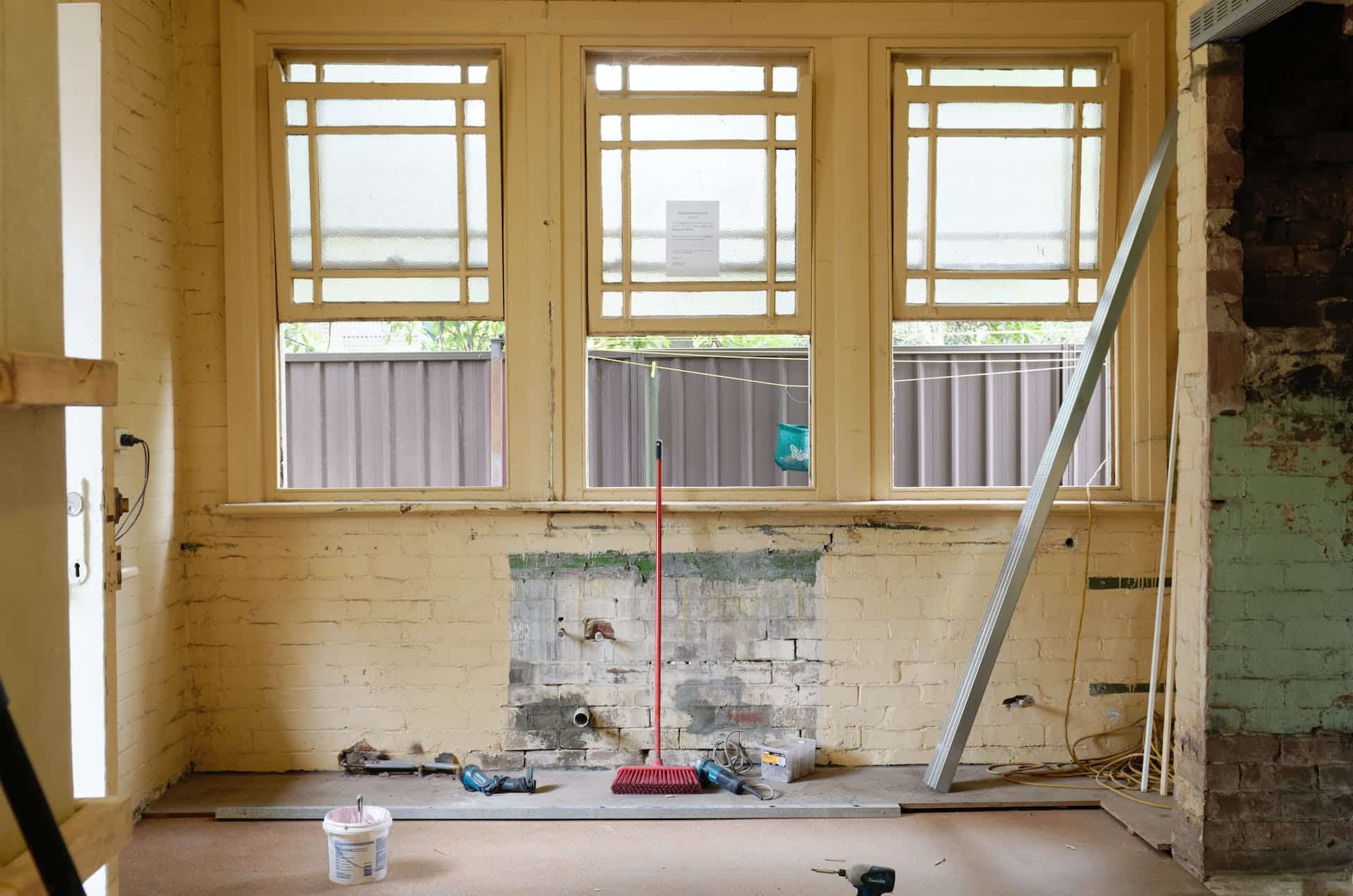Ever gaze at your monthly utility bill and wish you could somehow lessen the impact that your laundry habits have on it? Or perhaps you’ve been concerned about the environmental footprint of your household chores. Well, it is entirely possible to reduce both your expenses and your carbon footprint by creating an energy-efficient laundry room. In today’s post, we’re going to explore the various strategies and investments you can make to save money and energy, while still getting your clothes fresh and clean. So, roll up your sleeves and let’s dive right in.
Choosing the Right Machines
Before we discuss laundry habits, let’s first look at the tools you’re using. The type of washing machine and dryer you use can greatly impact both your energy and water consumption. Therefore, choosing energy-efficient machines will go a long way in promoting savings.
En parallèle : What’s the Best Way to Design a Small Home Office That Maximizes Space and Functionality?
When shopping for a new washer, look for Energy Star-approved machines. These models use about 25% less energy and 33% less water than regular ones. Also, consider a front-loading washer instead of a top-loading one. They use less water and, in turn, require less energy to heat that water.
As for dryers, look for models with moisture sensors that will automatically shut off when clothes are dry. This can save both energy and time because it prevents over-drying. Also, consider investing in a gas dryer instead of an electric one as they are typically more energy-efficient.
En parallèle : What’s the Best Method for Integrating Smart Appliances for a Seamless Kitchen Experience?
Load Size and Washing Frequency
Next, let’s talk about how often you do your laundry and how much you wash at once. By being mindful of your washing frequency and load size, you can better conserve water, electricity, and time.
Try to wash full loads whenever possible. This is more efficient because your washing machine will use the same amount of energy regardless of the load size. However, avoid overloading your washer as this can cause it to use more energy and may not clean your clothes properly.
Also, consider reducing the frequency of your laundry sessions. Unless you have a very large family, you may not need to do laundry every day. Try to wash clothes only when you have accumulated enough for a full load.
Drying Techniques
The dryer is one of the most energy-consuming appliances in your home. However, there are ways to reduce its energy usage.
Firstly, consider air drying your clothes whenever the weather permits. Not only will this save energy but it can also prolong the life of your clothes. If outdoor drying isn’t an option, consider using an indoor drying rack or clothesline.
If you must use a dryer, make sure to clean the lint filter before each load. A clean filter improves air circulation, which helps clothes dry faster and reduces energy usage.
Energy-Efficient Laundry Habits
Finally, let’s discuss some everyday habits you can adopt to make your laundry routine more efficient.
Wash your clothes in cold water whenever possible. About 90% of the energy your washer uses goes towards heating water. By washing in cold water, you can significantly reduce energy consumption.
Also, consider investing in eco-friendly laundry detergent. Not only is it better for the environment, but it is also designed to work well in cold water.
When it comes to drying, separate your clothes by fabric type. Lighter fabrics take less time to dry, so drying them separately can reduce the overall drying time.
The Impact of an Energy-Efficient Laundry Room
Creating an energy-efficient laundry room is not just about saving money, although that’s certainly a key benefit. It’s also about promoting sustainability and taking steps to reduce our individual impact on the environment.
By choosing the right appliances, being mindful of our laundry habits, and committing to energy-efficient practices, we can all contribute to a greener planet. And, of course, the bonus is that these small changes will, over time, result in significant savings on your utility bills.
Finally, it’s worth mentioning that while the upfront cost of energy-efficient appliances can be higher, the long-term benefits and savings make them a wise investment. So next time you’re in the market for a new washer or dryer, remember to consider not just the cost, but also the energy efficiency.
While we may not be able to completely eliminate the environmental impact of our laundry habits, we can certainly reduce it. And every little bit helps.
The Role of Technology in Energy Efficiency
With technology advancing at a rapid pace, it’s worth exploring how it can help make your laundry room more energy efficient. Besides the Energy Star-certified washers and dryers, other laundry equipment or add-ons could help save energy and money.
For starters, explore smart laundry appliances. These machines can be connected to your home network and offer features like energy usage tracking and remote control. By monitoring your energy usage, you can understand when and where you’re consuming the most energy, and adjust your habits accordingly.
Certain smart washers and dryers even have the capability to run during off-peak hours when electricity costs are lower. This feature could save you a decent sum in the long run. Additionally, these appliances often come with advanced sensors that can determine the optimum amount of water and detergent needed, reducing wastage.
Another technology to consider is the heat pump dryer, which can be a more energy-efficient alternative to traditional dryers. They work by recycling the heat generated during the drying process, thereby reducing energy consumption.
Also, consider using laundry balls or discs which, when used in your washer, can cut down on the amount of detergent needed and reduce the reliance on hot water. They work by increasing the pH level of the water, allowing you to wash effectively in cold water.
Optimal Set-Up and Maintenance of Your Laundry Room
The set-up and maintenance of your laundry room can also play a significant role in energy efficiency. Here are some tips to maximize energy saving in your premise laundry.
Start with proper insulation. If your laundry room isn’t properly insulated, the machines will have to work harder and consume more energy to maintain the right temperature for washing and drying. So, make sure your laundry room is well-insulated to prevent heat loss.
Next, pay attention to ventilation. A poorly ventilated room can lead to longer drying times and therefore higher energy costs. Ensure your dryer is properly vented and the room has enough air circulation.
Regular maintenance of your laundry equipment is just as important. Keep your washer and dryer in top condition, and they’ll run more efficiently. This includes descaling your washer and keeping your dryer’s lint filter clean.
To further save energy, install energy-efficient lighting in your laundry room. LED lights, for example, use less energy and last longer than traditional incandescent lights.
Conclusion
Creating an energy-efficient laundry room might seem challenging at first, but by implementing the strategies outlined in this article, you can significantly save money and reduce your environmental footprint. From choosing the right high-efficiency machines to adopting efficient laundry habits and utilizing technology, every little bit counts towards creating a greener planet.
Remember, it’s not just about the upfront cost. Consider the long-term energy costs and environmental impact. Make the switch to cold water, run full loads, invest in star certified appliances and maintain them well, and you’ll see the difference in your utility bills.
Let’s all make a conscious effort to adopt energy-saving practices in our everyday lives, starting from our laundry rooms. Together, we can make a difference, one load at a time.






